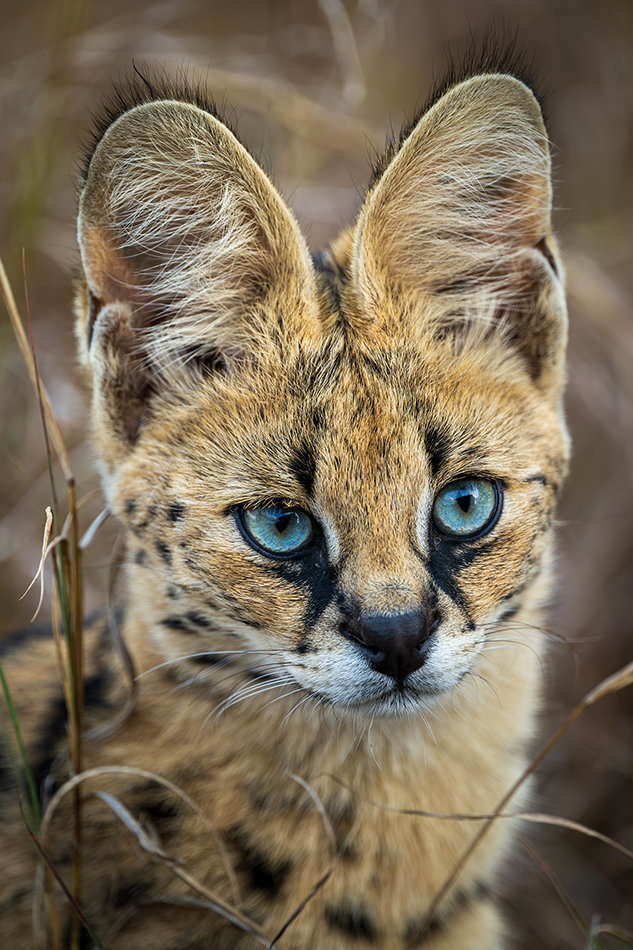
With today’s high resolution cameras, cropping has become the norm for many photographers. You start with a 45MP file, crop down to about 20MP for a tight head shot on wildlife, and you still have a large file ready to print or send off to publication. I just had a 4 x 6 foot metal print made by Bay Photo…the file was an image cropped down from 45MP to 23MP…and the final print is tack sharp. Printing and post production have come a long ways, you can make very large prints from a small file.

But the creative question tied in to this discussion is where to crop the image? Are there rules for cropping? Any ‘never do this’ rules? There a few guidelines that will help you in cropping your image. And then there is the ‘intuitive graphic style’…more on this shortly.
Probably the easiest guideline to follow is don’t crop right at a joint. Arms, heads and legs look strange if you crop right at the joint. It looks like the person or animal had a limb severed, probably not the look you want. Take a look at this Masai warrior (at top) from last week in Kenya. I wanted to make him larger in the frame so the viewer could see the details of his clothing and face. I went closer and cropped mid leg to create a tighter portrait without creating an awkward appearance.

The same rules apply to wildlife life. Here is a tight head shot of a young serval cat (blue eyes turn to brown as they age). I was fascinated by the blue eyes of this cat, so I zoomed in on the cat’s head but still showed a little of the lower body. Remember, cropping can be done in the computer after the shoot, or in the field by zooming in on your subject. If I had cropped right at the neck this cat would look like a headless creature.
And then there are crops that don’t follow the mid joint rule. For these crops you are looking at your subject from a graphic standpoint, less concerned about showing the entire subject. I find these types of crops fresh, creative and intuitive. If you shoot a lot of portraits, this may not be anything new. But for a wildlife photographer, this could be way outside the box. You aren’t showing the ‘natural history’ full subject view, you are creating a graphic image responding to shape, color, texture and light. Not all these crops work.

We photographed a lot of lions last week in Kenya, including some beautiful large male cats. After I had hundreds of head shots, walking shots, yawning shots…I wanted something different. First I acknowledged how lucky our group was to see so many cats…we were seeing cheetahs, leopards, lions and even serval cats almost daily. But right at sunrise we had a large male cat just relaxing taking in the scene. We were able to get close, so I went for a ‘split’ portrait of the lion’s head. Some interesting warm light complimented the edgy crop of this image.
In the end cropping can be pretty subjective. But remember to try different cropping ideas with your subject. Improving creativity involves lots of experimentation. In the end, the process is as important as the end result. You may not get a photo you like, but just the fact that you tried something different puts you on the path to more creative work.